How to Clean Bunn Coffee Maker With Vinegar
Cleaning your Bunn coffee maker with vinegar is an easy thing to do. You will be amazed at the results and how great your coffee maker looks when you are done cleaning it. It is a much better option than buying a commercial cleaning product for your Bunn coffee maker.
The Bunn coffee maker is a favorite of many, offering quick and consistent brews. But sometimes internal parts can get clogged with deposits and start to smell bad after some time, as well as affect the taste of your coffee. If you notice that the last few brews have not been nearly as tasty or aromatic as the first ones, then it might be time to revitalize your home coffee maker before shopping for a new one.
Coffee and tea are notorious for creating build-up on the inside of your coffee maker and on the outside of the machine. Regular cleaning helps prevent problems like sticky reservoirs and overflowing coffee pots that burn and require replacement parts. The good news is cleaning your Bunn coffee maker doesn’t have to be hard. Nor does it have to be expensive. Here are a couple of easy ways to clean the inside and outside of your coffee pot.
Cleaning your coffee maker is a good idea to have great-tasting coffee. If you clean it regularly – which you should – you won’t have to worry about any bad taste or odors in your next pot of coffee. There are some simple steps that you can follow to get your coffee maker sparkling clean!
Tosca Reno from Tosca Reno’s Cleaning Tips gives us instructions on how to clean a Bunn Coffee Maker. She uses vinegar and water as the main ingredients but she also has some other helpful tips that will be discussed later in this article.
You can see her step-by-step instructions below:
- “Mix in a bowl 1/2 cup vinegar with 2 cups hot water.” After mixing, pour the mixture into your coffee maker’s reservoir tank and run the brew cycle. When this is complete, repeat with fresh water.”
- “Next, remove all the parts that come in contact with the water and place them on a large plate.”
- “Using a sponge, wash each piece with warm soapy water and then rinse.” Now they are ready to be reassembled.”
- Use either vinegar or lemon juice and mix it with hot water.” After filling up the reservoir tank, run a brew cycle without any coffee grounds to remove any traces of vinegar or lemon.
To remove hard water stains from your Bunn coffee maker’s reservoir, fill it up halfway with hot vinegar and let it sit overnight. In the morning, you can rinse it out and wipe away any residue with a soft cloth. Remember to never use dish detergent to clean anything in your coffee maker, since that will soil your pot and leave behind lingering residues that can affect how your next cup tastes.
How To Clean Bunn Coffee Maker With Vinegar: The Cleaning Process
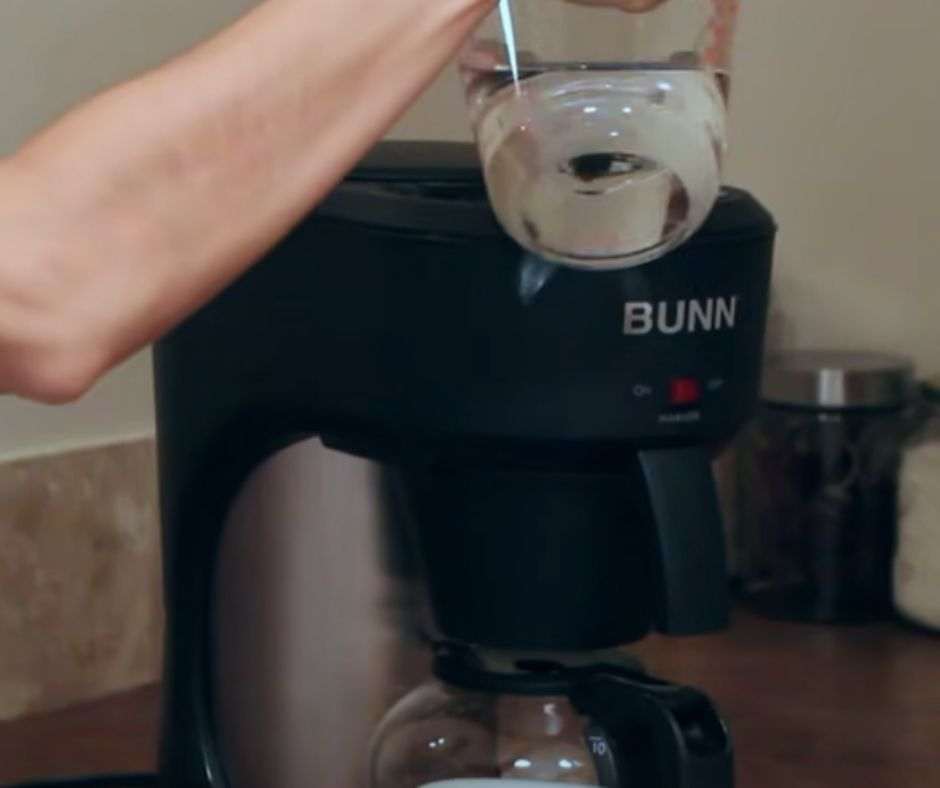
Wanna know one of the best ways to clean your Bunn coffee maker? All you need is some vinegar. The power of vinegar not only frees itself from stains on your carpet and clothes but can also wipe out calcium deposits in your appliances as well.
How to clean your coffee pot or Bunn urn can be a frustrating thought. There shouldn’t be hard water and calcium stains on your coffee maker or machine, but it doesn’t mean you have to let them get out of control. Whether it is a Bunn coffee maker machine, drip brewer, or percolator that you are dealing with, there are some methods that you can try to clean the brewing part without it looking like nobody ever cleaned it before.
Many people have a Bunn coffee machine in their homes, but do you know how to clean it? The cleaning process is different from cleaning other types of coffee machines. This article will teach you how to clean a Bunn coffee machine. You will want to give your machine a thorough deep clean every few months, and follow some simple maintenance tips between deep cleans.
TIP 1 – Remove the carafe
First, remove the carafe. Bunn recommends filling the water tank with vinegar and running two cycles. The first cycle should be with only vinegar, and the second one should be with only water. This is to ensure that all traces of vinegar are out of the system.
TIP 2 – Clean the basket thoroughly
Before you start making your vinegar solution, remove any leftover coffee grounds or paper filters from the basket by hand. After you’ve removed all the grounds and filters, run a cycle of water through the machine to ensure that it’s completely empty. Next, wash out the basket with hot soapy water and rinse well with cool water. Then make your vinegar solution by filling it halfway up with white vinegar and adding just enough water to cover it all up. Run this cycle twice – once without soap, once with soap – to rid your brewer of the dirt.
Chances are you’ve probably used some type of chemical cleaner on the inside of your coffee maker, but vinegar can be just as effective and much less harsh on your machine’s internal parts. And while there are tons of different options available at your local grocery store, apple cider vinegar is ideal because it’s milder than other vinegar and won’t add a strange or overly strong odor to your coffee.
Descaling a Bunn Coffee Maker
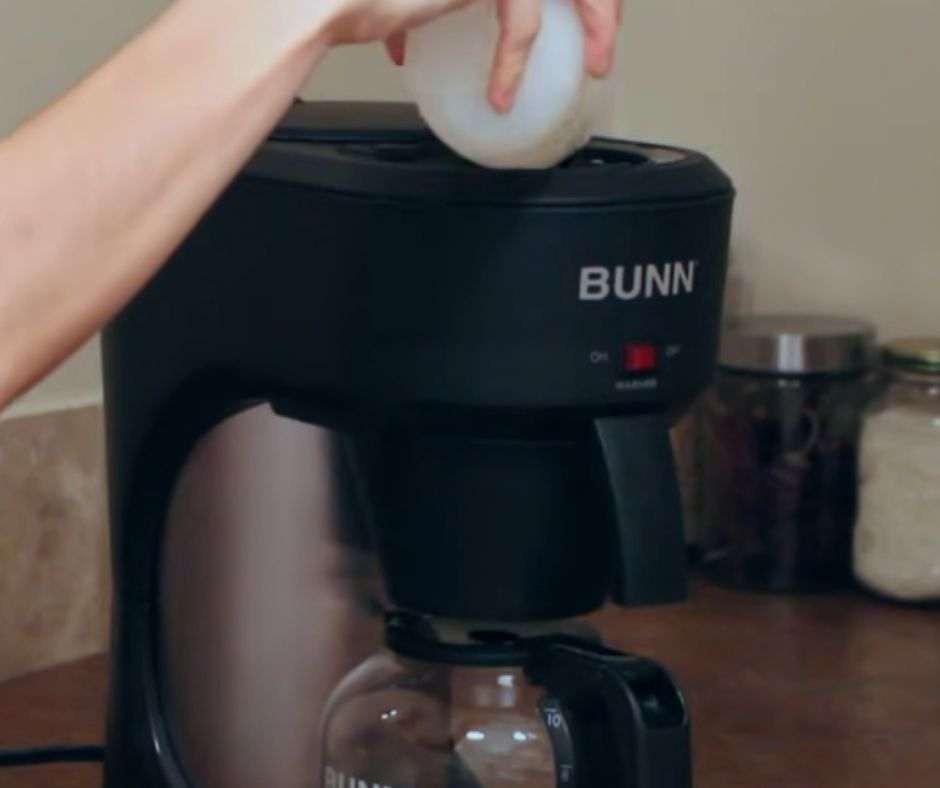
Brewed coffee is the focal point of many of our daily activities. Whether we are enjoying a hot cup after dinner or a sip while talking to our neighbor, coffee is always appreciated by its users. Of course, a cup of brewed coffee doesn’t just appear on its own – special equipment like a Bunn coffee maker is needed in order to produce it. However, lots of people find the maintenance of such equipment challenging. That’s why this quick guide on how to descale the Bunn coffeemaker will be useful for them.
Descaling is a process used to remove calcium and magnesium deposits from your coffee maker. In this article, we’ll help you learn how to descale a Bunn Coffee Maker. It’s important that you descale your machine periodically (once every 3-6 months) to make sure your machine runs at peak efficiency and produces the best tasting coffee possible.
I have been using a Bunn coffee maker for a very long time, but I never knew that it needed to be descaled. The coffee maker is over 20 years old, so the task had to be done before I continue using it.
How Often Should You Descale?
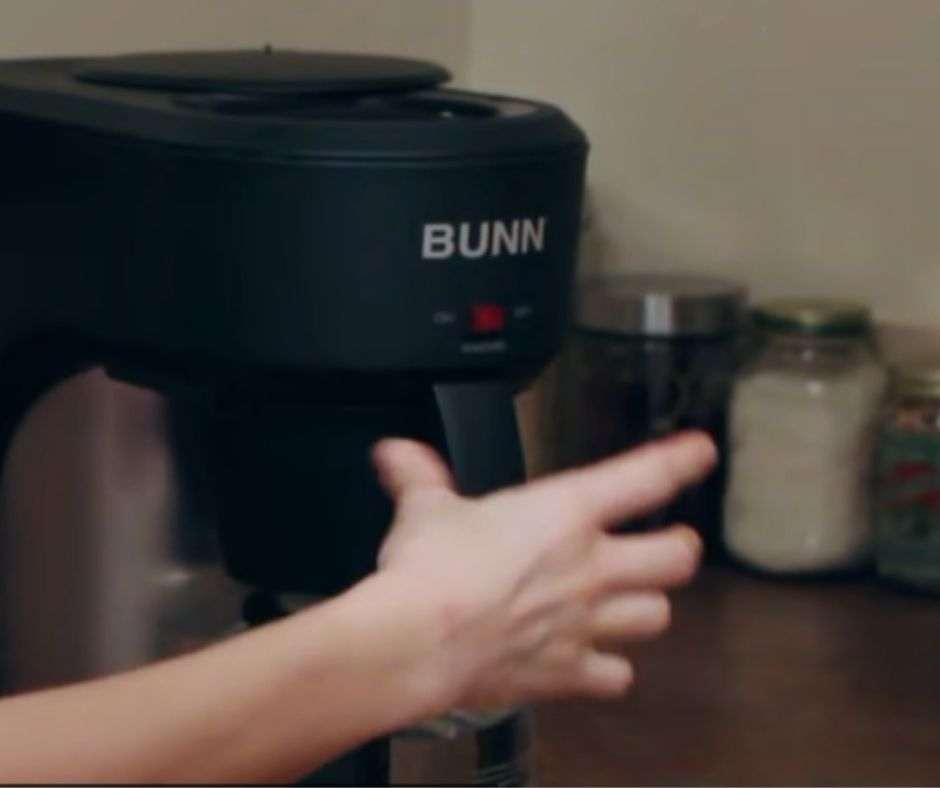
Most people don’t give descaling their coffee maker much thought. They clean their countertops and refrigerators more often than they descale their coffee maker. But you should give your coffee maker a little TLC. After all, it is responsible for making one of the most important things in your day: coffee (and vaping juice). And if you like to vape as well, you definitely need to descale your coffee maker regularly.
Descales is used to remove buildup from the bottom of pools and spas. They can also be used to remove stains on the bottom of a pool or spa. The function of these products is to “etch” away from the surface of the resin which helps remove any deposits that have built up. There are two types of products, either liquid or granular. Liquid products are typically used when there is heavy staining or scaling around the entire pool. Granular products are used when there are stains or scales in only one area of the pool.
The frequency in which you use a descaler will depend on how well you maintain your pool, as well as how severe the staining and buildup are. If your water chemistry is balanced and you keep your water clean with a good filter system, then you may not need to use a descaler more than once every few years. If your water chemistry isn’t balanced or you don’t have a good filter system, then it’s best to use a descaler twice a year.
Can you put vinegar in a Bunn coffee maker?
Vinegar is popular in the world of cleaning. In fact, it’s probably one of the most versatile cleaners at our disposal. It has a lot of different uses around the house, from getting rid of scum in your refrigerator to killing mold on your shower curtains. But do you use vinegar for all your cleaning needs? If not, what about putting vinegar in Bunn coffee makers?
You can put vinegar in a Bunn coffee maker. However, it will most likely damage the machine.
The short answer to the question above is yes. The long answer is that it’s not a good idea to put vinegar in your Bunn coffee maker. As you may know, vinegar is acidic, which means it has a low pH level. The low pH levels of vinegar mixed with water can corrode the internal components of your coffee maker over time.
So then why do people still do it? Well, many think that putting vinegar in their coffee maker will help clean out mineral deposits and another debris leftover from hard water. That’s the only reason they would ever consider putting it into a coffee maker, but there are other ways to go about it. Using white distilled vinegar with a 50/50 ratio of hot water is one method recommended by others who have done it before.
If you have ever seen how much gunk builds up in your coffee pot after only a few batches, then you might also be a little surprised at what happens when you try and put vinegar in a Bunn coffee maker. Another reason why you should never try putting vinegar in a Bunn coffee maker is that it will actually ruin the machine because of the acidity level of vinegar which can cause serious damage to parts of the machine and make it no longer operational if left alone for too long.
How many times should I run vinegar through my coffee maker?
So, your coffee maker is prone to build up. No problem. Vinegar can help clean it out for a fresh, clean flavor.
Troubleshooting Tip: If your vinegar-cleaned coffee maker leaves a vinegar smell in your coffee or if the vinegar smell doesn’t go away after several runs with just water, try running a pot of white vinegar through several times to remove any traces of vinegar smell.
Use white distilled vinegar. Do not use other types of vinegar because they could leave unwanted flavors in your coffee.
Run one cup of white distilled vinegar through the coffee maker before using it to brew a pot of coffee.
Run four cups of water through the machine after using the vinegar. Then run two or three pots of plain water through the machine to rinse out the vinegar before brewing a pot of coffee.”**
How do I reset my Bunn coffee maker after cleaning?
If your coffee maker is not working after you’ve cleaned it, try resetting the machine. There are two ways to reset the brewer: The first way is to turn off the power switch and then unplug it from the outlet for about 15 minutes. Then plug the machine back in and turn on the power switch. The second way is to remove all water from the reservoir or decanter, turn off the machine and let it sit for one hour. Plugin the machine again and continue as normal. This should reset your brewer so that you can start using it again without any problems.
Conclusion
If you are using a Bunn coffee maker at home, then you have to apply the above steps carefully to clean it. However, if you are not following then you can’t get the most effective cleaning result. You need to be careful while applying these steps because any wrong step can damage or hurt your machine. So, be aware of all the steps while applying them.
There are also other methods to clean your coffee maker. You can use commercial cleaning products, or you can buy different cleaning brushes that are suitable for all coffee makers. So next time you encounter any problem while making fresh coffee, reach for vinegar and prove that it’s the remedy you need. Use this in combination with lemons, oranges, and hot water. Such powerful ingredients to clean a coffee maker won’t be harmful to use, plus the smell will drive away unwelcome guests out of your kitchen! Clearly, vinegar has a wide range of benefits that we can exploit for various purposes, and here’s one more to add to the mantras in its list!

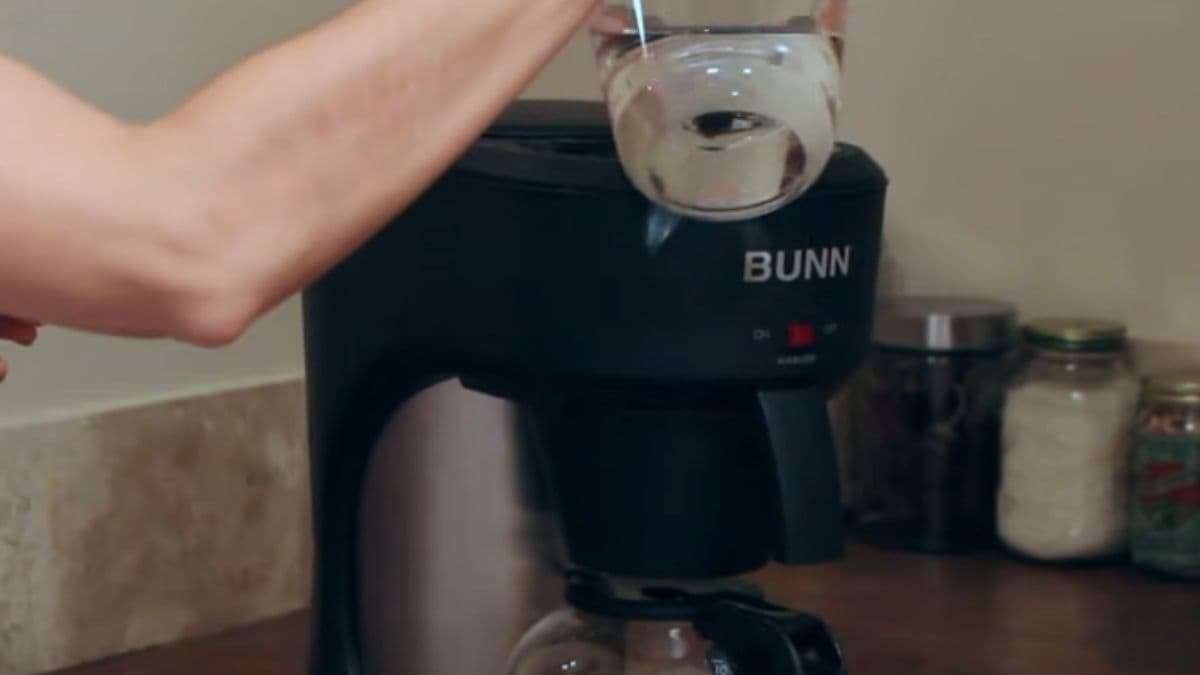
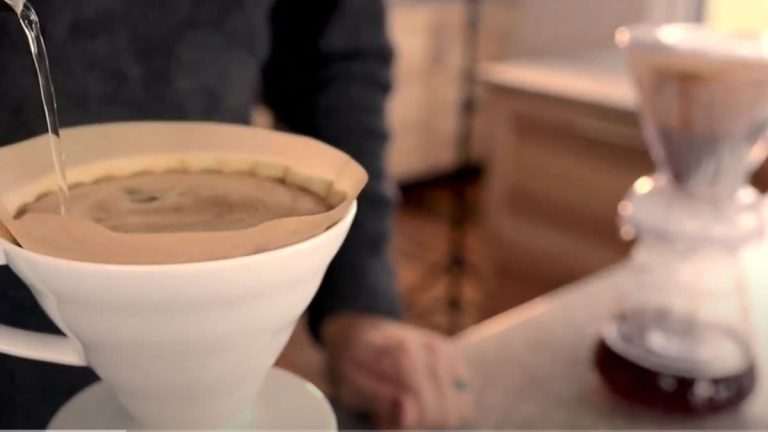
![Gaggia classic pro how long to heat up: [Get Your Espresso Fix in No Time]](https://www.kaffepals.com/wp-content/uploads/2023/02/Gaggia-classic-pro-how-long-to-heat-up-768x432.jpg)
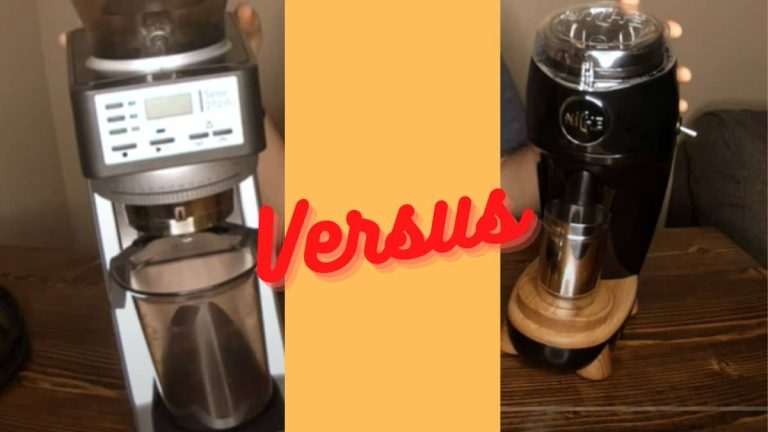
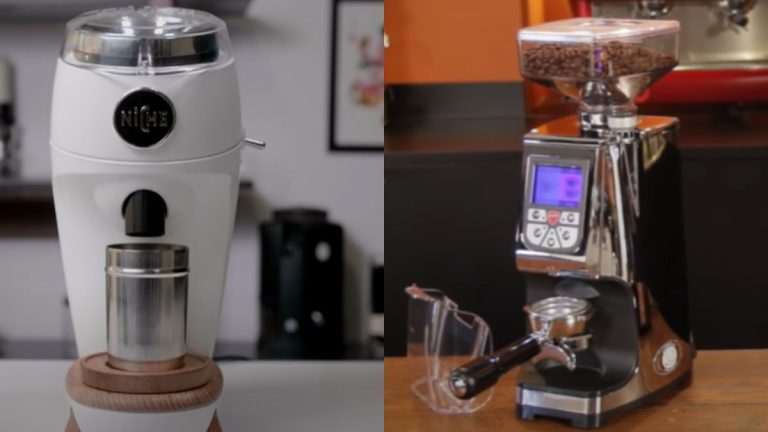
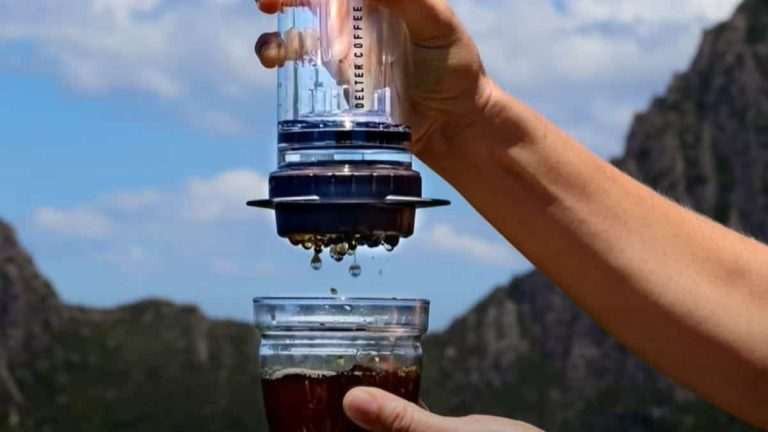
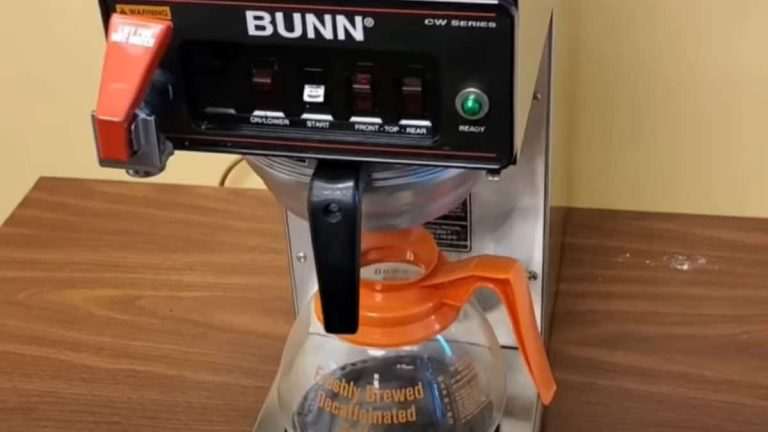
I need to to thank you for this great read!! I definitely enjoyed every little bit of it. I have you bookmarked to look at new things you post…